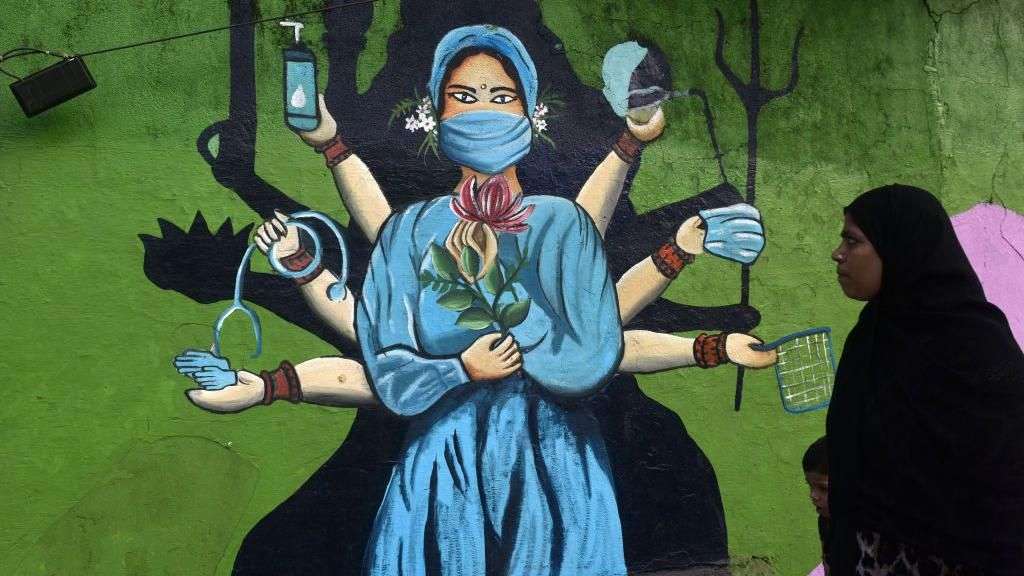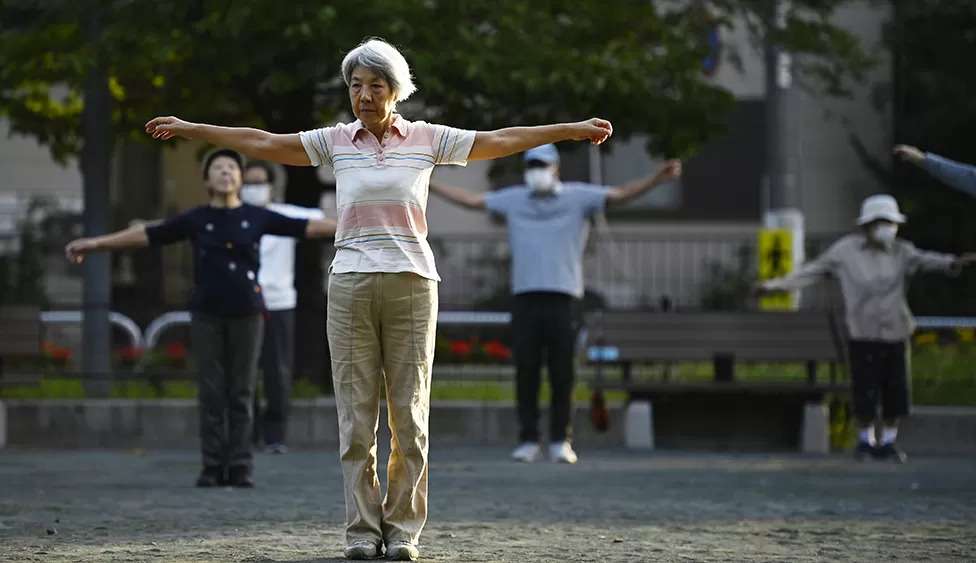How do you assess the impact of the Covid pandemic on a population?
One way is by examining life expectancy, or the average number of years a person can expect to live.
A team of 10 researchers from the UK, the US and Europe have studied the mortality impacts of the pandemic in India by sex, social group and age. Their peer-reviewed paper has been published in Science Advances, a US journal.
They found that life expectancy at birth in India was 2.6 years lower and mortality was 17% higher in 2020 compared to 2019. This implied 1.19 million excess deaths in 2020. Excess deaths are a simple measure of how many more people are dying than expected, compared with previous years.
The researchers of the new study say life expectancy declines in India were larger and affected a younger age profile compared to high-income countries.
They found that mortality rose among all age groups, but compared to high-income countries, the increase was particularly pronounced in younger age groups, leading to larger declines in life expectancy.
The researchers also found something which was more worrying.
For one, females experienced a life expectancy decline of one year greater than males. This contrasts with patterns in most other countries and may be due to gender inequality, say the researchers from University of Oxford, University of California, Berkeley and Paris School of Economics, among others.
Also, marginalised social groups - Muslims, Dalits, and tribespeople - in India saw larger declines in life expectancy compared to privileged upper caste people, exacerbating existing disparities.
The researchers agree that before Covid, these groups already had significant disadvantages in life expectancy. The pandemic worsened these disparities, with declines comparable to or greater than those seen among Native Americans, Blacks, and Hispanics in the US in 2020, the study says.
“These findings uncover large and unequal mortality impacts during the pandemic in the world’s most populous country,” Sangita Vyas, of CUNY Hunter College and one of the researchers, told me.
More than 4.7 million people in India - nearly 10 times higher than official records suggest - are thought to have died because of Covid, according to a 2022 World Health Organization (WHO) report. India's government rejected the figure, saying the methodology was flawed.
To be sure, the latest study looked at deaths from all causes, not just deaths from Covid. “For that reason we can't conclude that women in India were more likely to die of Covid than men,” says Ms Vyas. “What we can conclude is that the increase in mortality from all causes was greater for women than men”.
The researchers believe these patterns partly stem from gender inequality.
Previous research shows Indian households spend less on healthcare for females compared to males, a disparity which likely worsened during the pandemic. Fewer females appear in India’s official Covid-19 case data, despite surveys showing similar infection rates among males and females.
Furthermore, severe disruptions to maternal healthcare and livelihoods due to lockdowns likely contributed to these trends.
How did the researchers come to these findings? They surveyed data of more than 765,000 people - a sample size that accurately reflects the diversity and distribution of a quarter of India's population - to identify patterns missed by incomplete data and disease surveillance.
India’s National Family Health Survey 5 collected high quality data on recent household deaths and socio-economic characteristics. This allowed researchers to analyse age, sex, and group-specific mortality patterns. They compared mortality in 2019 and 2020 using data from the same households interviewed in 2021.
The researchers believe more research is necessary to explore why females in India experienced higher excess deaths than males, why excess mortality affected younger age groups more in India compared to other countries, and why Muslims saw significant declines in life expectancy compared to other social groups.
"These patterns likely resulted from disparities in healthcare access and underlying health, differing impacts of lockdowns on public health and livelihoods, and increased discrimination against marginalised groups," says Ms Vyas.








